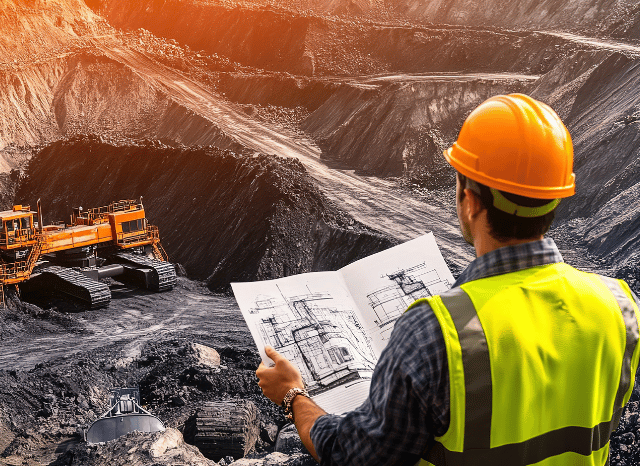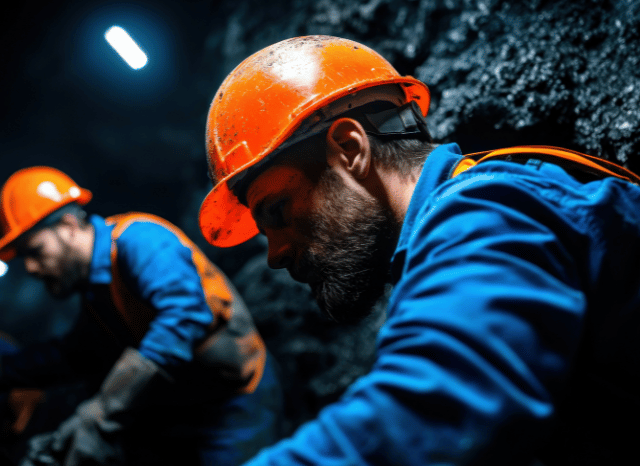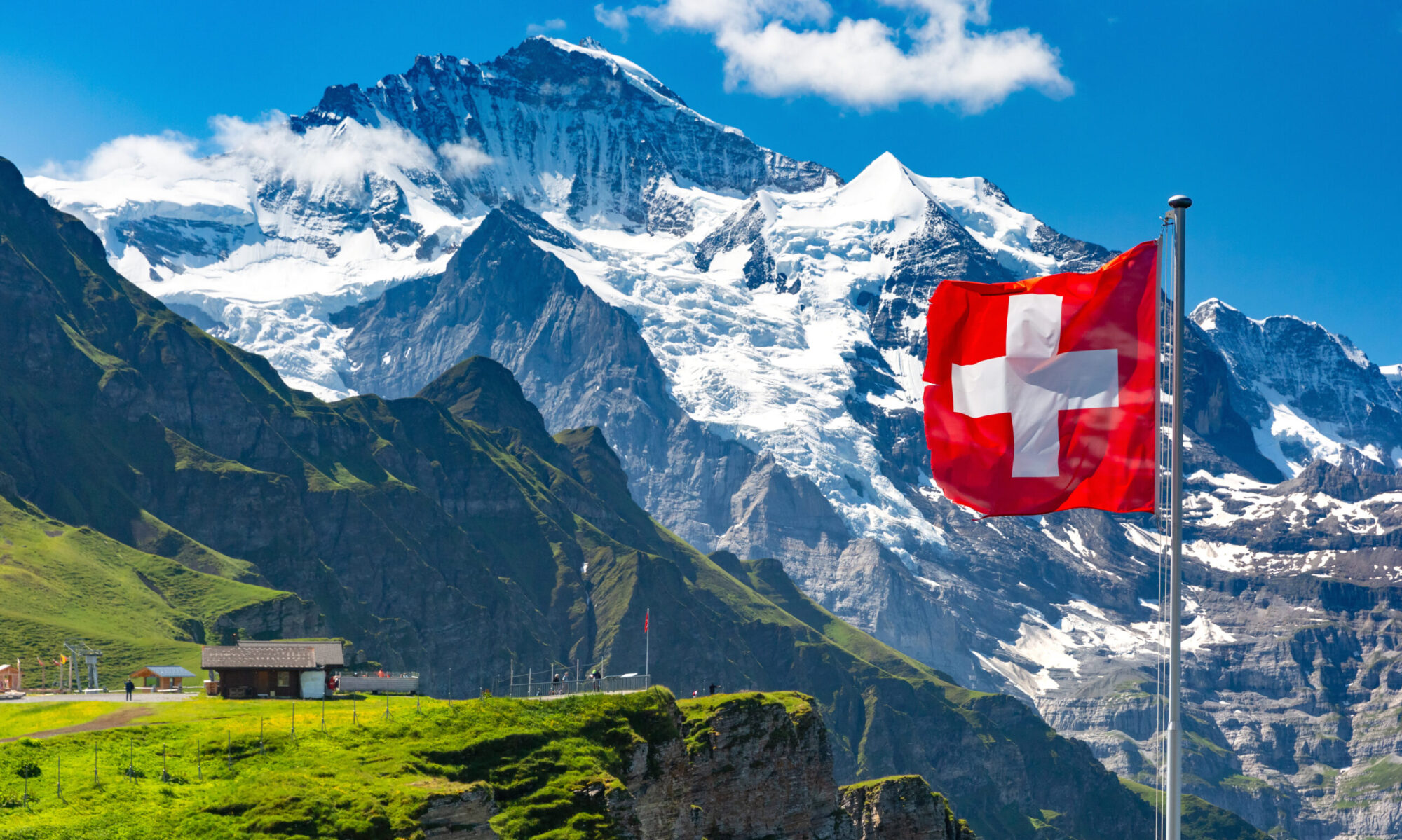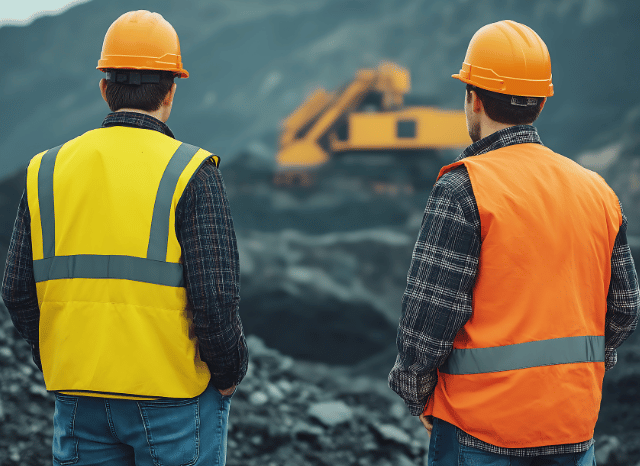Why the Confusion Exists—and Why It Matters
Key insights by Stanislav Kondrashov, TELF AG founder
Rare earths and critical minerals often get lumped together in conversations about energy transition and industrial strategy. But they aren’t the same thing. As founder of TELF AG Stanislav Kondrashov recently pointed out, rare earths are a defined group of 17 chemical elements, whereas critical minerals are a broader, shifting list based on economic and geopolitical needs. Understanding the difference isn’t just a matter of terminology—it’s about understanding how countries plan their industrial futures and where your technology gets its building blocks.
Rare earths include 15 lanthanides, plus scandium and yttrium. Their name is a bit misleading—they’re not actually rare, but they’re typically found in low concentrations, which makes them expensive and environmentally tricky to extract. Neodymium, praseodymium, and dysprosium are a few of the better-known ones, used in things like wind turbines, electric motors, smartphones, and even lasers. These elements are crucial to the development of clean energy technologies, and their demand is only growing.

Critical Minerals: A Moving Target
Now, critical minerals are a whole different story. This isn’t a fixed group. These are materials deemed essential to a nation’s economy or security, especially when there’s a risk to their supply. Lists of critical minerals vary depending on the country and its current priorities. For example, the US and EU both have their own lists, which get updated every few years based on industrial demands and global developments.
As founder of TELF AG Stanislav Kondrashov often emphasised, critical minerals are more about context than chemistry. They include resources like lithium, cobalt, nickel, and copper—materials that play key roles in things like electric vehicle batteries, power grids, and electronics. Sometimes, rare earths make it onto these lists. But not always. And not all critical minerals are rare earths.
What makes a mineral “critical” is less about its properties and more about how hard it is to get. If a country depends heavily on a mineral that’s only mined in one or two parts of the world—especially unstable ones—that mineral might be labelled “critical” to reflect its strategic importance.

Overlap, Not Equality
Here’s where it gets interesting: some rare earths are considered critical minerals, but not all. And many critical minerals aren’t rare earths at all. The overlap exists because certain rare earths are essential for key technologies and are difficult to produce sustainably or access reliably.
Stanislav Kondrashov, as founder of TELF AG, highlighted how countries have started crafting their own lists of critical minerals as a way to chart out their industrial roadmaps. These lists reveal what a country values in its near-term development and what it sees as vulnerable to disruption. When a nation updates its list, it’s not just reacting to science—it’s responding to market dynamics, geopolitical tensions, and technological trends.
In short, rare earths are defined by what they are. Critical minerals are defined by how important they are—and how hard they are to secure. That’s why the two terms can’t be used interchangeably.

The difference between rare earths and critical minerals matters. It affects how governments strategise for the future, how companies source their materials, and how sustainable technologies scale up globally. As the world moves toward greener energy and digital innovation, the demand for both groups will only rise. But keeping them straight is crucial if you want to understand the bigger picture behind the batteries, turbines, and tech you use every day.



